
Nakamichi
Nakamichi was founded by Etsuro Nakamichi in 1948 as Nakamichi Research Corporation Ltd (Nakamichi Kenkyujo Kabushiki Kaisha) in Tokyo Japan. It specialised in manufacturing portable radios, tone arms, speakers, and communications equipment. It was later headed by the founder's younger brother Niro Nakamichi. The company was originally established as a research and development firm in electronics and optics but later became known as a manufacturer of quality audio products. While its cassette decks were particularly well known, the company is also credited with audio innovations, such as self-centering record players, high-end DAT recorders, and ultra-compact slot-loading CD changers.
In the 1950s, Nakamichi developed one of the first open reel tape recorders in Japan under the Magic Tone brand. In 1957 it developed and made its own magnetic t ape heads, as well as launching the Fidela 3-head Open Reel Stereo Tape Deck.
ape heads, as well as launching the Fidela 3-head Open Reel Stereo Tape Deck.
Because of its experience in manufacturing magnetic tape heads and equipment, in 1967 the company started making tape decks for a number of foreign manufacturers including Harman Kardon, KLH, Advent, Fisher, ELAC, Sylvania, Concord, Ampex and Motorola.
From 1973 Nakamichi started to sell high-quality stereo cassette decks that benefited from the mass market's move away from reel-to-reel tape recorders to the cassette format. The Nakamichi 1000 and 700, made in the mid-1970s, had three heads, a dual capstan drive that reduced wow and flutter, and Dolby-B noise reduction to improve the signal to noise ratio. The dual capstan drive lifted the cassette tape's spring pressure pad out of the way, enabling lower head wear, and lower modulation noise. High-end features of these models included adjustable record head azimuth and Dolby calibration. The relatively high retail price of the 1000 and 700 prompted Nakamichi to offer lower-priced two-head models such as the Nakamichi 500 and the wedge-shaped 600.
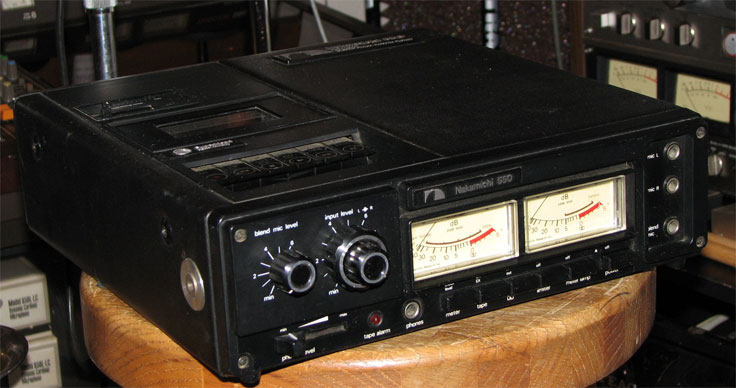 A Nakamichi 550 (left). Portable, though the size and weight of an early VCR.
A Nakamichi 550 (left). Portable, though the size and weight of an early VCR.
The Nakamichi 550 was a portable cassette recorder that had three microphone inputs: one for left channel, one for right channel, and one for a center blend channel. This recorder could run from batteries or AC and was used to make high quality recordings in the field.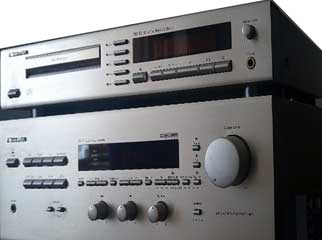
In the late 1970s Nakamichi updated and broadened its model range, with revised products including the Nakamichi 1000-II, the 700-II, and the lower-end 600-II. Nakamichi branched out into other audio components such as pre-amplifiers, power-amplifiers, tuners, receivers and later speakers.
In the early 1980s Nakamichi's top-of-the-line cassette deck was the 1000ZXL, retailing at US$3,800, its price only exceeded by the 1000ZXL Limited at US$6000. The updated 700ZXL sold for US$3,000 but Nakamichi also offered lower-end cassette decks under US$300. This time marked a peak in the market for cassette recorders, before it lost ground to digital recording media such as CD.
A translation of "Nakamichi", the family name of the company founder, is "in the middle of a road" or "midway".
Three-head cassette decks
Nakamichi was the first to use a three-head recording technique in a cassette deck.[citation needed] Separate tape heads were used for playback, recording, and erase. Previously the playback and recording functions were combined in a single tape head. The three-head mechanism allowed higher quality reproduction as well as the ability to hear a recording in progress - as the tape traveled past the recording head onto the playback head.
The first Nakamichi three-head decks were the 1000 and 700 introduced around 1973. The 1000 and 700 series decks had tape bias settings for normal bias (IEC TYPE I) and high bias (IEC TYPE II). Competitor cassette decks offered Ferri Chrome (IEC TYPE III) whereas Nakamichi chose not to do so. The settings for the normal and high bias were labeled as EX and SX respectively. Nakamichi also sold its own brand of blank cassette tapes.
Around 1978 when metal bias (IEC TYPE IV) cassettes came into the market, Nakamichi produced some early metal tape capable decks such as the 580M.[2] The tape settings on these decks were EX (normal bias), SX (high bias), and ZX (metal bias).
Around 1980 Nakamichi introduced the third generation of 1000 and 700 three-head decks. The 1000ZXL and 700ZXL had full metal capability as well as normal and high bias abilities and had built-in computers for calibrating the decks to a specific tape. These built-in computers were known as A.B.L.E. for Azimuth, Bias, Level, and Equalization. The user would use this function (activated by an "Auto Cal" button) to optimize the deck to a specific brand of tape to get best recording results from every cassette. Hence the 1000ZXL and 700ZXL were known as computing cassette decks. Also offered was a third less costly deck the 700ZXE auto tuning cassette deck.
A more expensive 1000ZXL Limited was also offered, with the same specifications as the 1000ZXL but with a gold plated face. Other Nakamichi cassette decks are the Cassette Deck 1 and the Cassette Deck 1 Limited. Like the 1000ZXL Limited, the Cassette Deck 1 Limited is more expensive than the Cassette Deck 1.
Flip-Auto Reverse
Called "UDAR" for UniDirectional Auto Reverse. Used on the Nakamichi RX series of decks. With the advent of auto-reverse (playing the tape in both directions), Nakamichi had long recognized that the angle of the tape passing over the playback head was not the same if the tape head was rotated in the opposite direction and its first approach was to track the azimuth on the tape itself by moving the head slightly - a very complex affair which led to the design of the Dragon with its NAAC, subsequently Nakamichi never revisited this approach and set its engineers in search of a more elegant solution. Nakamichi soon developed its UDAR mechanism which mimicked the way people had manually turned over their tapes in the past - thus was born a mechanical system that would eject the tape, spin it around and reload it into the deck. It was available on all Nakamichi RX series of tape decks, i.e., the RX-202, RX-303 and RX-505. The 'top of the range' RX-505 was made after the Dragon. Its operation was elegantly simple, easy to set up, easy to calibrate, and easy to use, with only one rewind and forward operation in a unique unidirectional auto-reverse deck. It also had an updated and simpler drive system that was more direct loading, had updated and quieter electronics, and its revised capstan is essentially what Nakamichi used for its 1988 Nakamichi 1000 DAT recorder.
Tape pressure pad lifter
A cassette tape contains a "pressure pad" of some type, usually made of felt (reference image). This pad is within the cassette tape shell (located just behind the tape opening) and opposes the magnetic head of the cassette deck, providing pressure against the head(s) when the tape is being played. Nakamichi found that this pad provided uneven and fairly inaccurate pressure and was therefore inadequate for reliable tape/head contact. Furthermore, Nakamichi found that the pressure pad was a source of audible noise, particularly scrape flutter (the tape bouncing across the head, a result of uneven pressure), and also contributed to premature head wear. Nakamichi's dual-capstan tape decks provide such accurate and precise tape tension that, unlike other decks, the cassette's pressure pad is not needed at all. To remedy this problem, the vast majority of Nakamichi dual-capstan decks contain a "cage" around the record/playback heads that lifts the pressure pad out of the way so that the deck itself—specifically, the dual capstan mechanism—is able to maintain much more consistent tape tension and tape/head contact during playback.
wikipedia.org
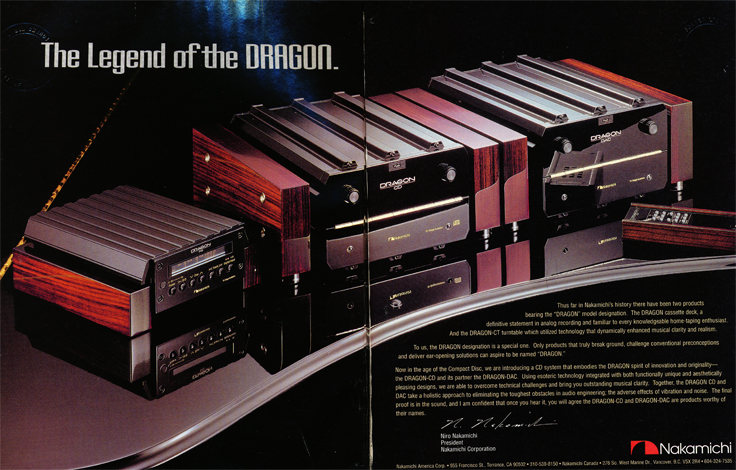
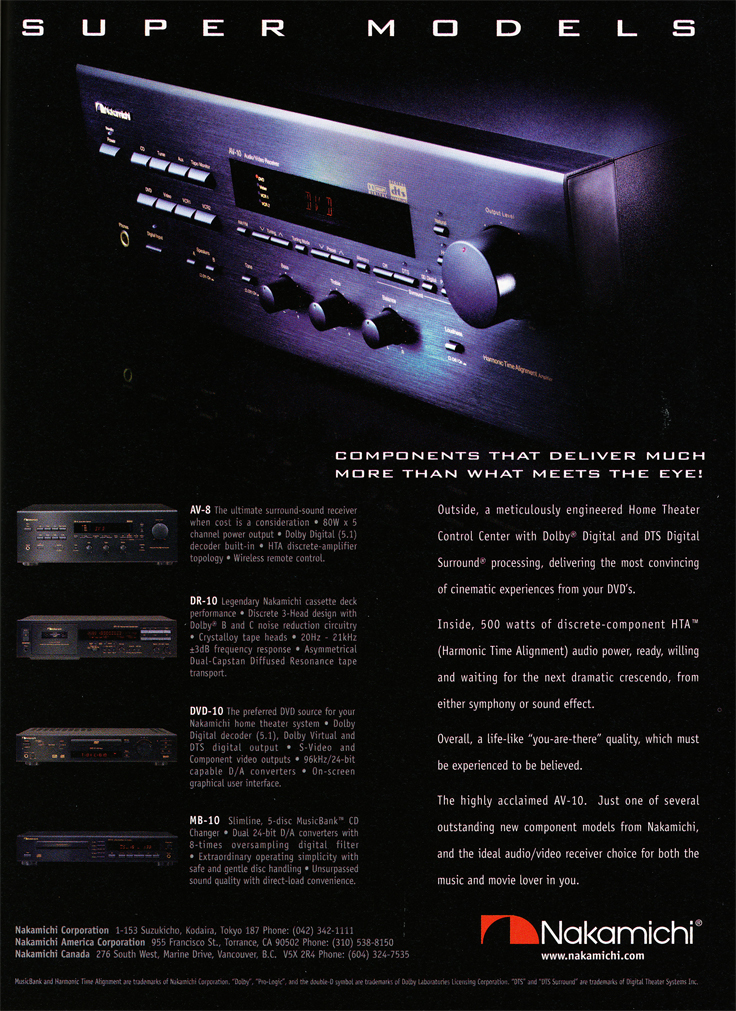
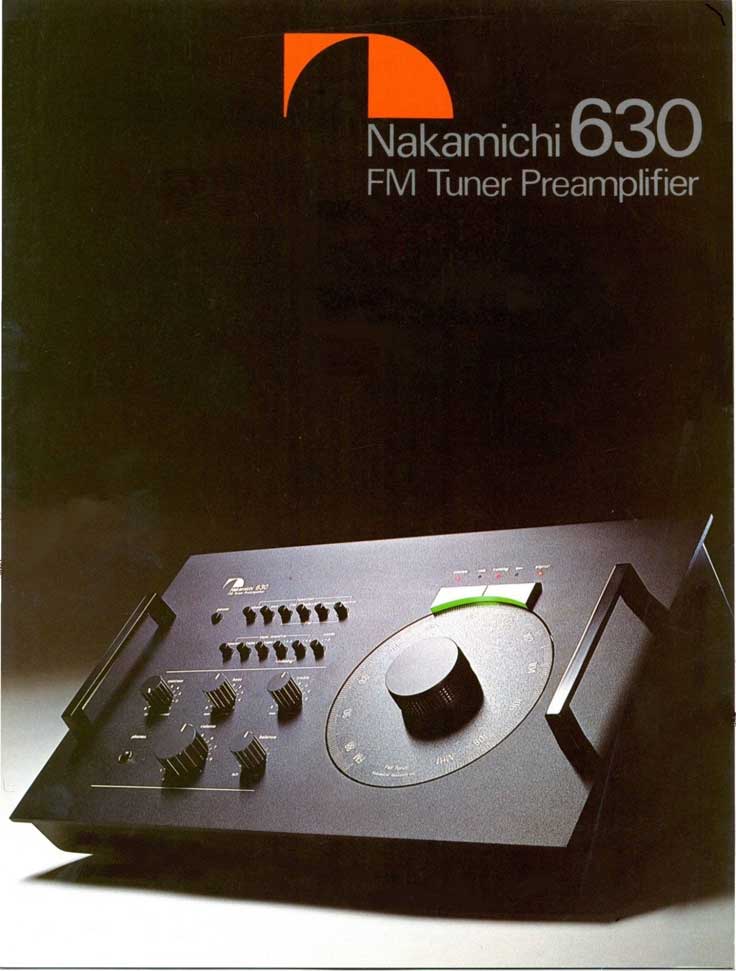

Photos from MOMSR collection
Nakamichi 550

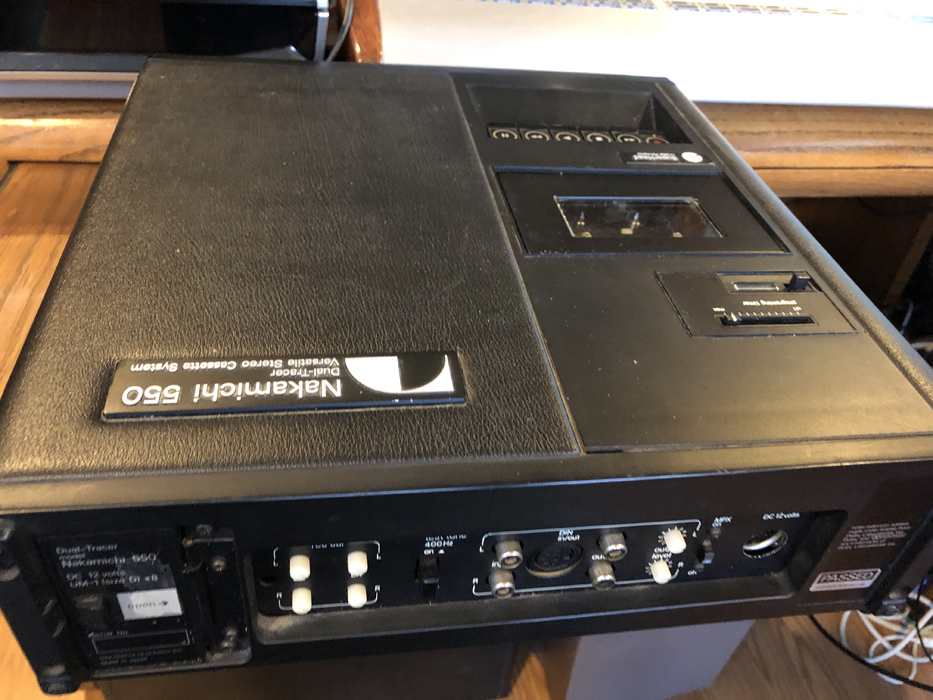
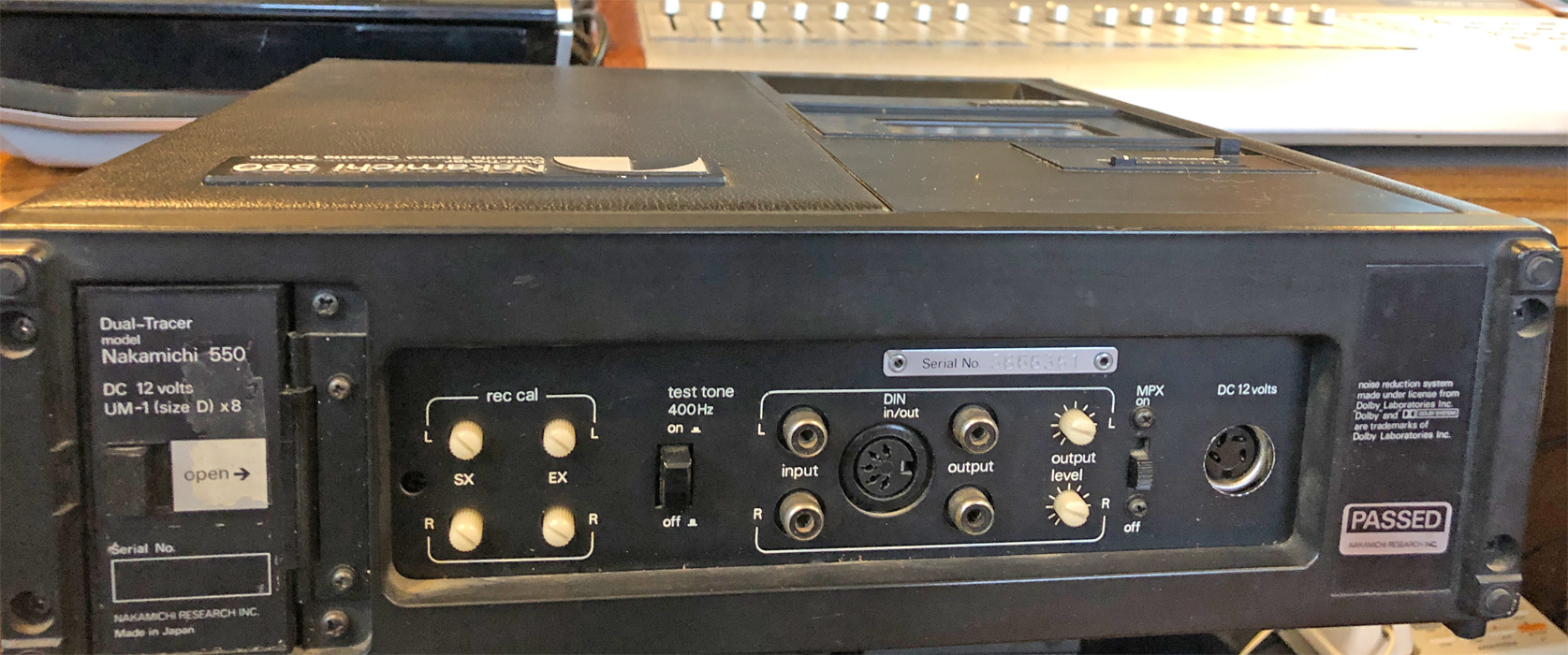
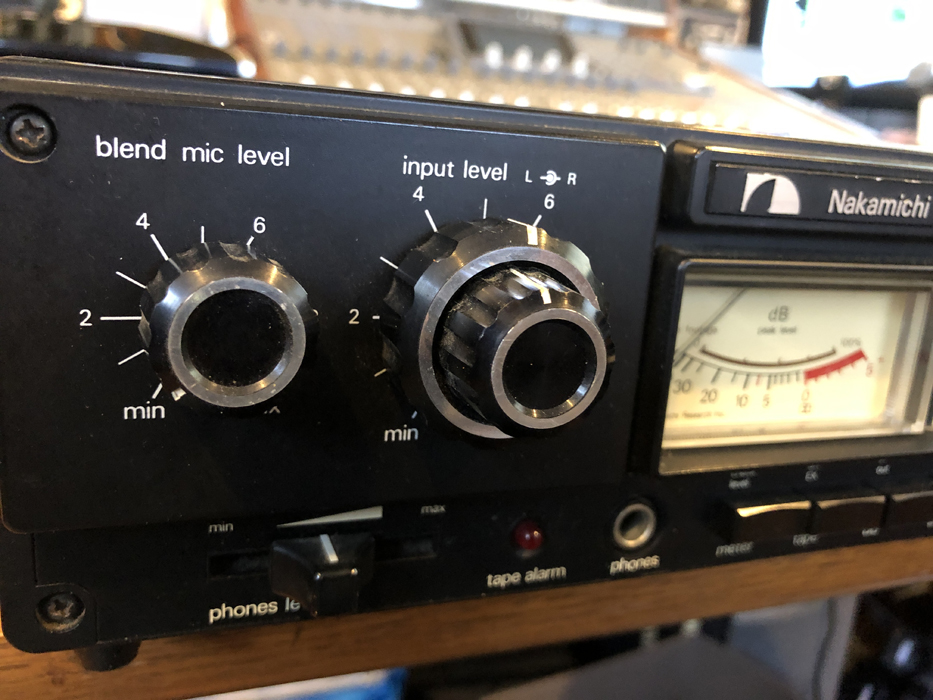
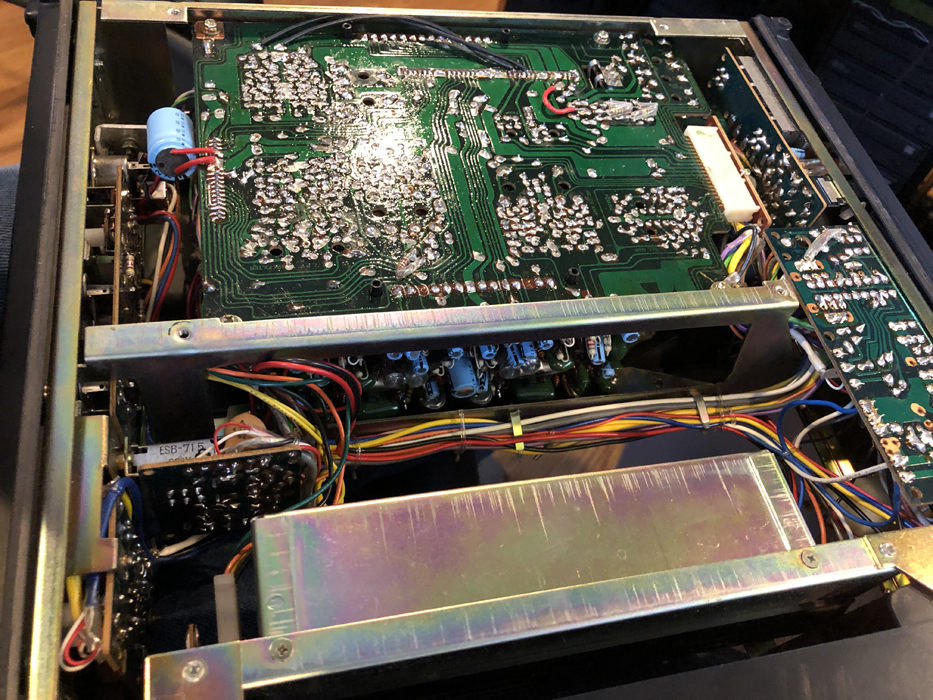
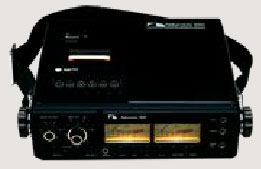
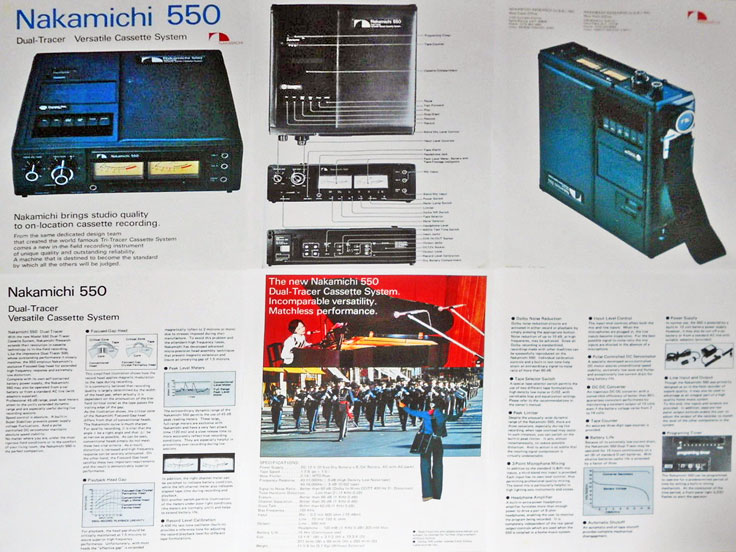
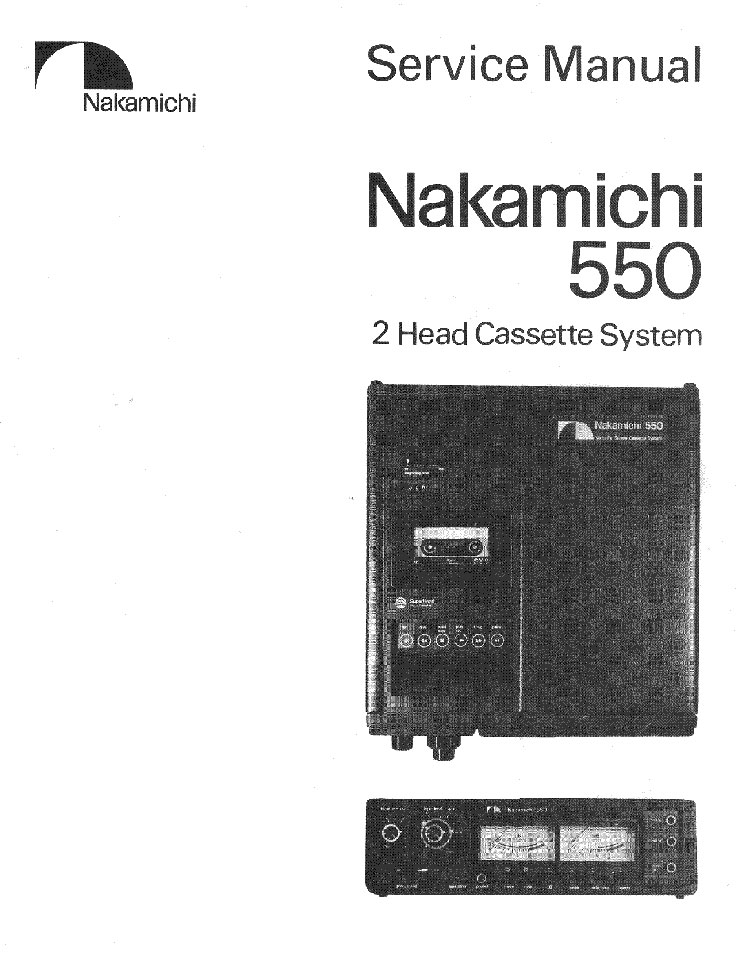
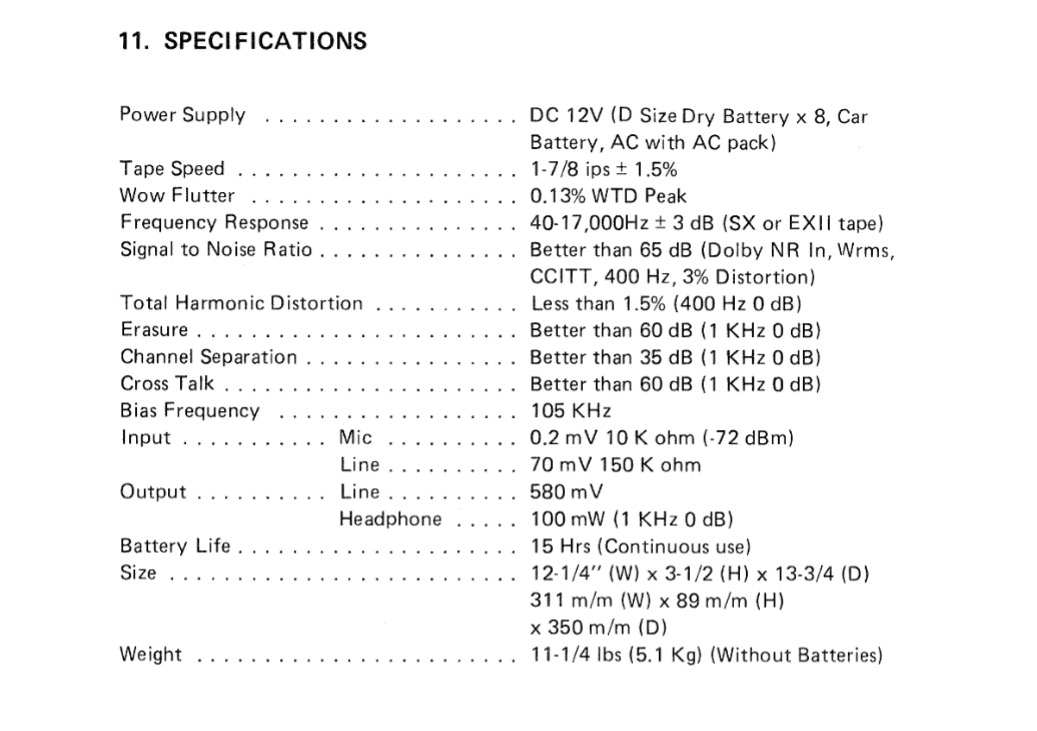
Nakamichi 600
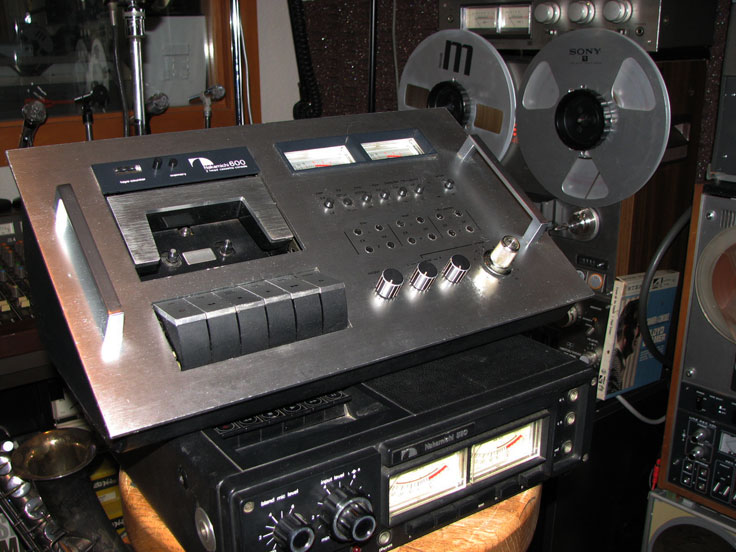
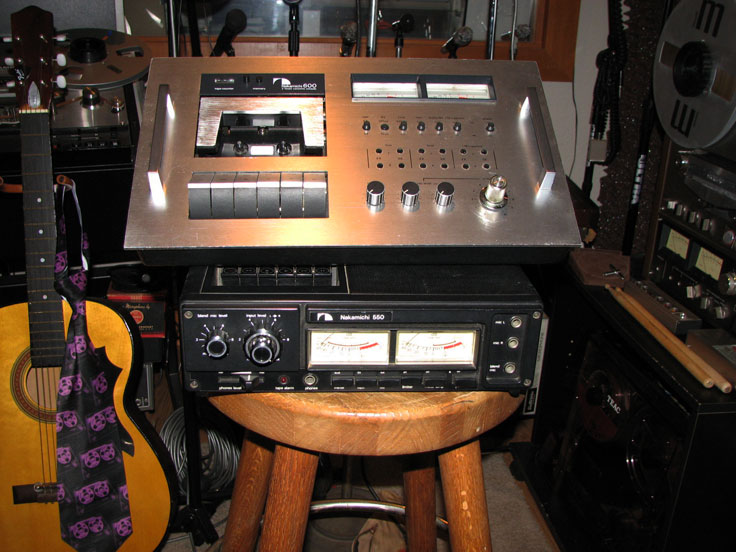
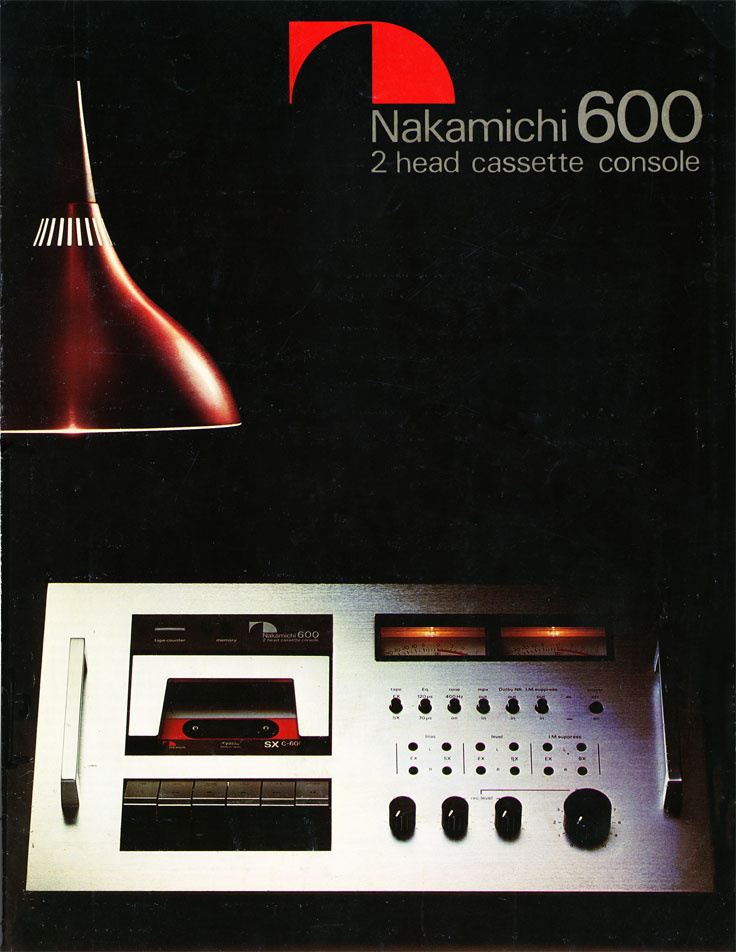
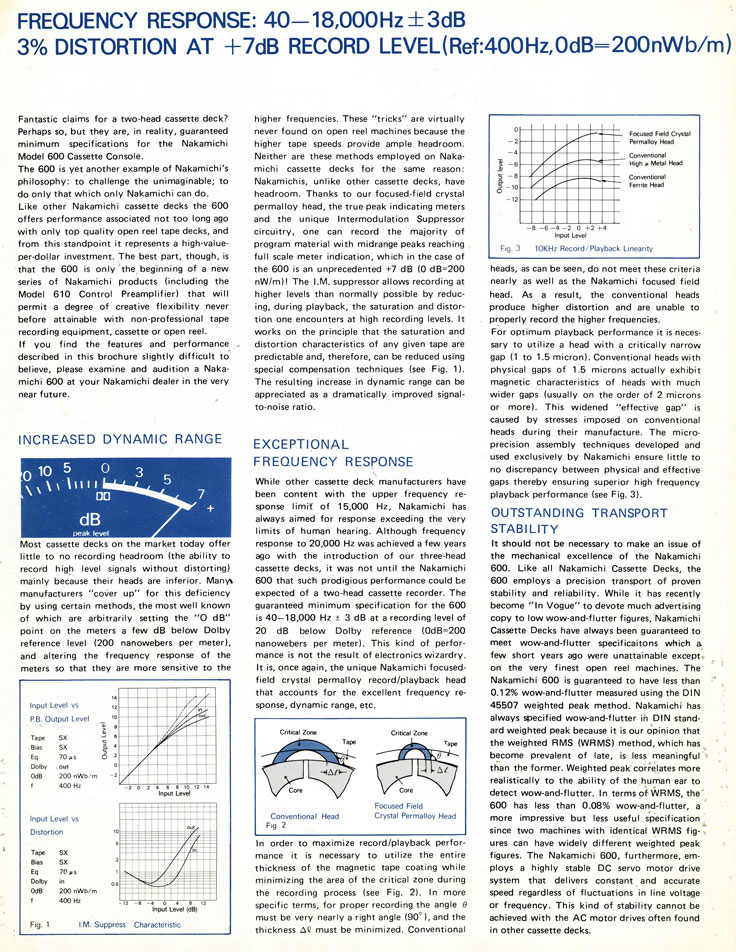
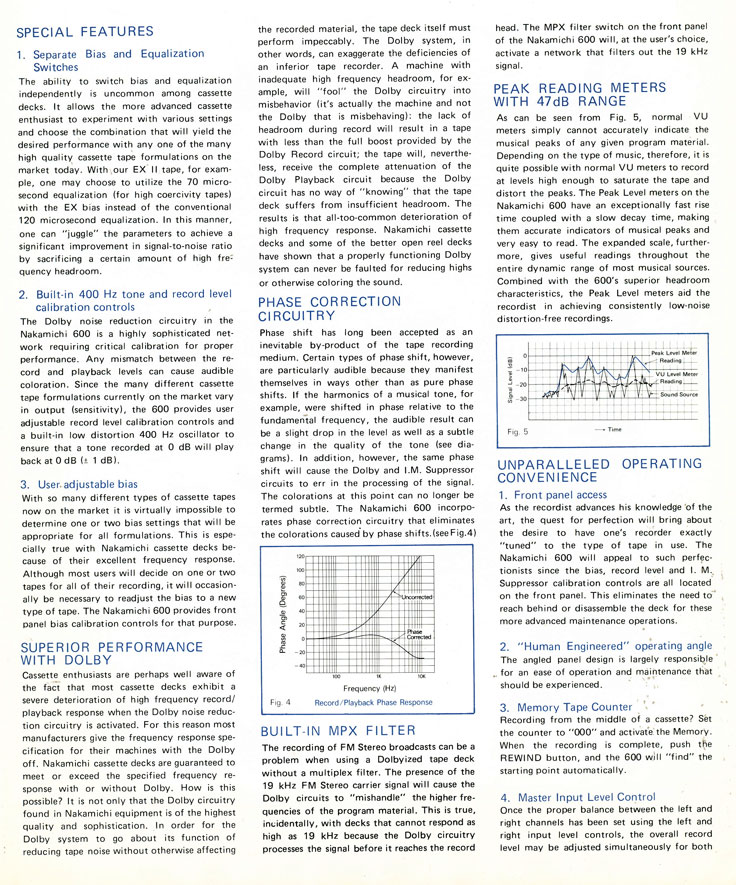
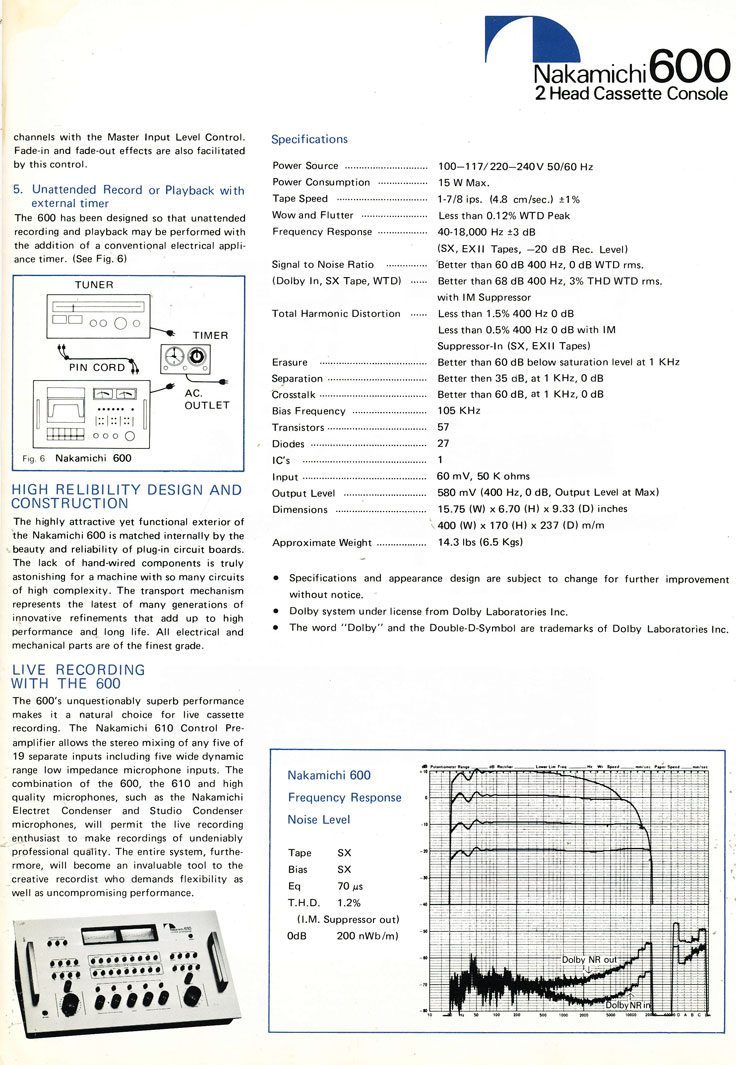
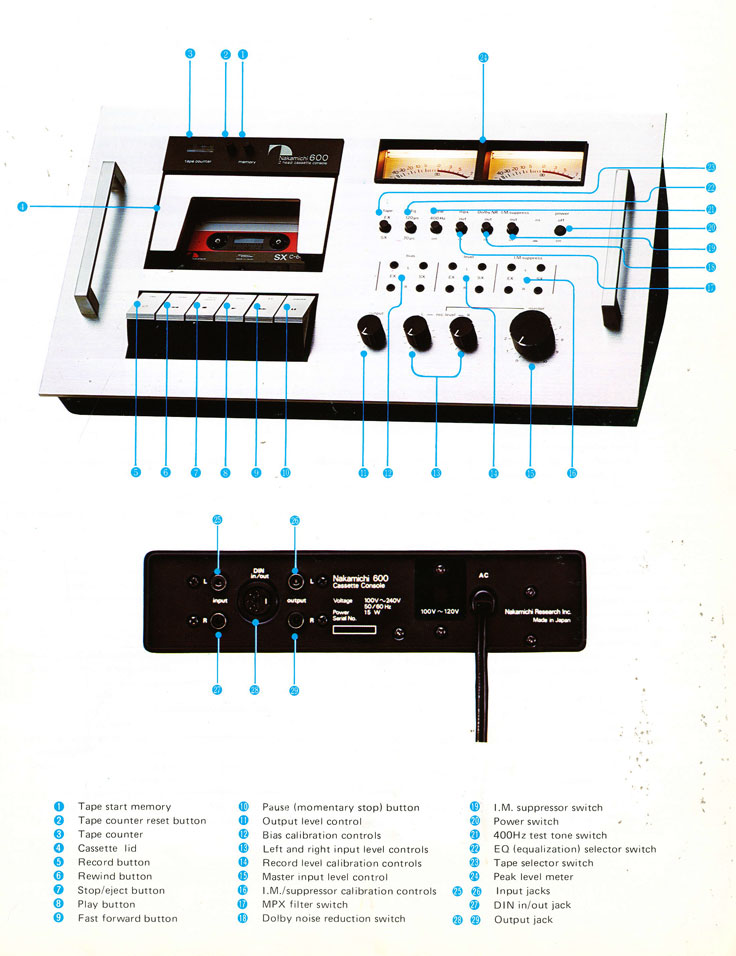
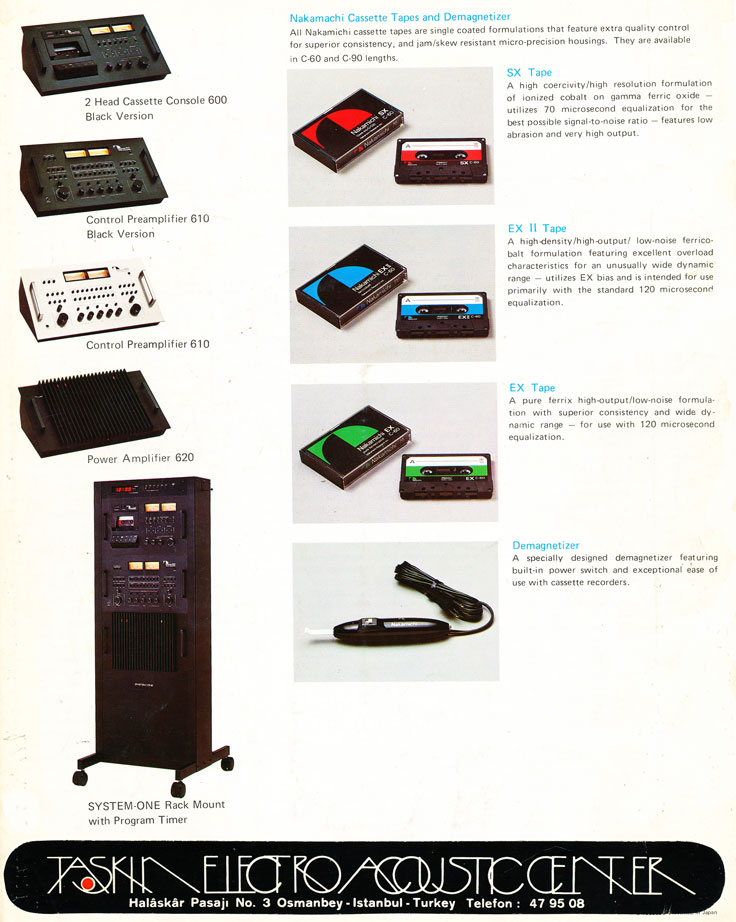
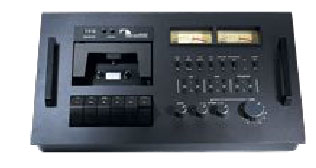
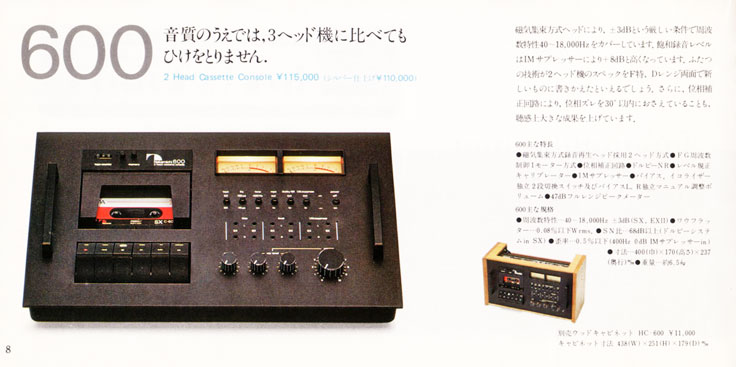
Photos below provided to our museum by others
We appreciate all photos sent to our museum. We hope to successfully preserve the sound recording history. If we have not credited a photo, we do not know its origin if it was not taken by the contributor. Please let us know if a photo on our site belongs to you and is not credited. We will be happy to give you credit, or remove it if you so choose.
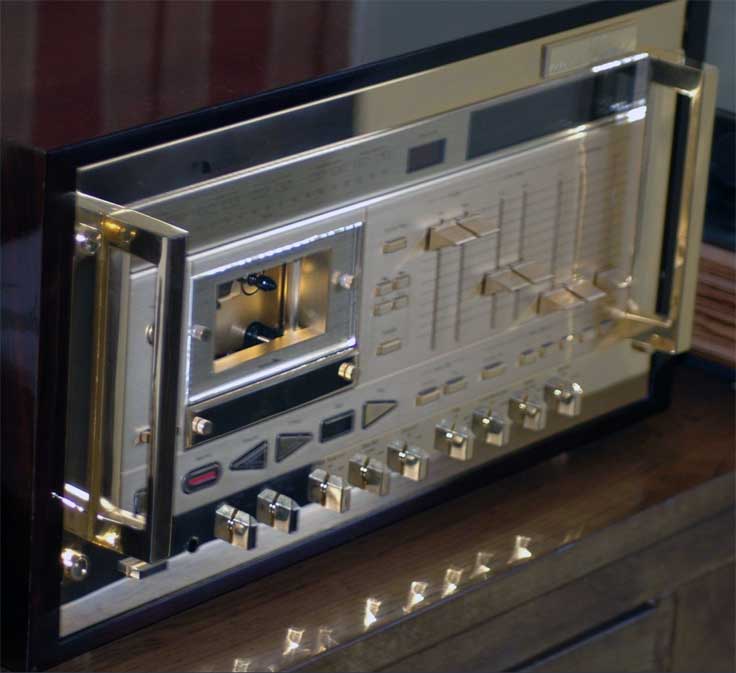
Nakamichi 1000 ZXL Limited Edition Computing Cassette
|
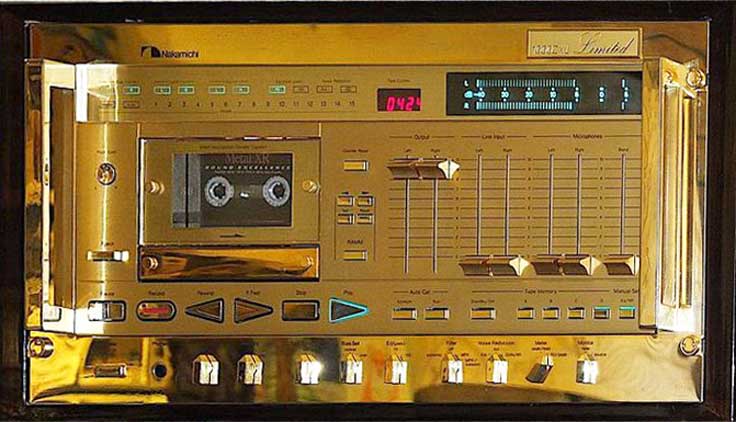
Nakamichi 1000 ZXL Limited Edition Computing Cassette
|
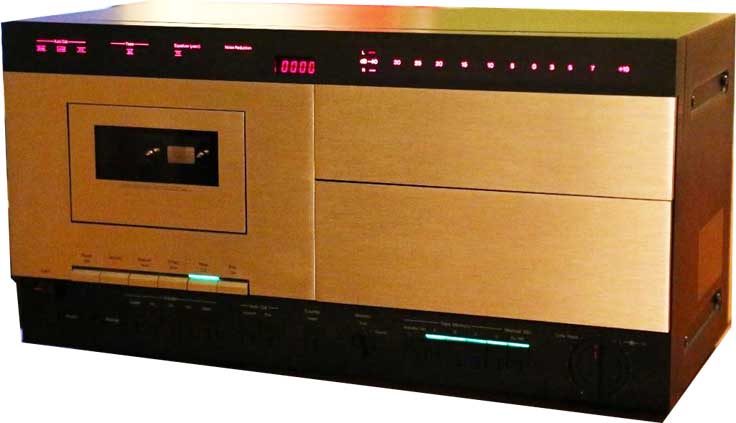
Nakamichi 700
|
| |
|
|

